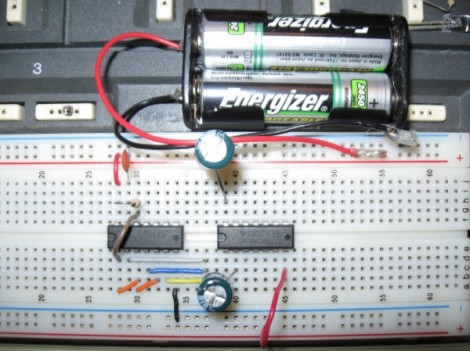

What happens when an unemployed sailor has a ton of time on his hands? Well, evidently they become an extremely skilled prop builder. Then again our only reference point is [Throssoli]’s excellent Dead Space suit build.
[Throssoli] started this ambitious project by setting a months deadline for the helmet. Although he did not meet the dead line the results were fantastic and very true to the game models. Noting the reaction people had to the helmet out in the wild, and giving in to the fact that he really wanted the full engineering suit as seen in game, [Throssoli] set off to reproduce the entire RIG down to the illuminated face mask and back mounted spine-like health and stasis indicators. All it really needs are lead weights in the boots to give it that signature stompy Isaac feel. The build incorporates a lot of techniques we typically see in other game related prop builds, such as the black-washing and weathering effects seen in the wheatley puppet and mold making as seen in this Portal Turret build and even daft punk helmets. Keep in mind [Throssoli] is no stranger to prop or suit building, his portfolio of finished projects include halo armor and props, various Star Wars costumes, Mass Effect stuff, a Predator outfit you name it. We could easily loose half a day just perusing all the builds at the site so check it out for yourself!
[via Reddit]















